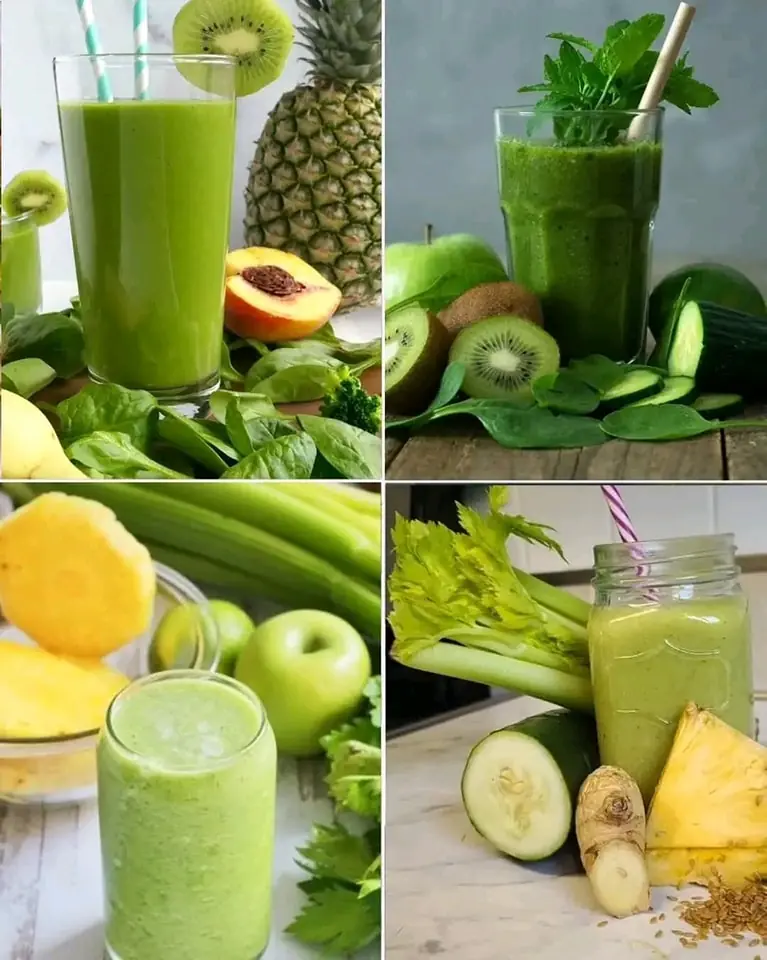
How to Grow and Care for Dieffenbachia
Dieffenbachia is a genus of perennials, also known as dumb cane, with several species commonly grown as air-purifying tropical houseplants. These Central and South American natives feature pointed, ovate leaves in a variety of combinations of green, cream, and white colors, and they can reach 10 feet tall.
Note that these plants are toxic to people and pets.1
| Common Names | Dieffenbachia, dumb cane |
| Botanical Name | Dieffenbachia spp. |
| Family | Araceae |
| Plant Type | Herbaceous, perennial |
| Mature Size | 3–10 ft. tall, 2–3 ft. wide |
| Sun Exposure | Partial |
| Soil Type | Well-drained |
| Soil pH | Acidic |
| Bloom Time | Spring, summer |
| Flower Color | White |
| Hardiness Zones | 10–12 (USDA) |
| Native Area | Caribbean, South America |
| Toxicity | Toxic to people, pets2 |
Dieffenbachia Care
Dieffenbachia has really basic care needs.
- Place dieffenbachia in bright, indirect sunlight, away from full sun exposure.
- Use a fertile, well-draining potting soil with a high peat or coco coir content.
- Water when the soil begins to dry out.
- Average household temperatures and humidity should be fine, though it would prefer a slightly higher humidity if possible (a bright bathroom, for example).
Where to Put Dieffenbachia
When grown as a houseplant, put dieffenbachia in a well lit, naturally humid area, like a bathroom or kitchen with a few windows. Place it in or near a window. If the window is south- or west-facing, you'll want a sheer curtain between the window and the plant.
If you're growing dieffenbachia outdoors, plant it in a spot that gets dappled light but would be considered a shady spot. When planting multiple dieffenbachia, give them a few feet of space between each.
Light
Place dieffenbachia plants in bright, indirect light. They will favor the side facing the light, so periodically rotate the plant to keep its growth balanced.
Soil
Use a fast-draining, well-aerated potting mix. Make sure drainage is good to avoid damaging the roots; they should never be left in soggy soil.
Water
During the growing season, dieffenbachias like regular moisture and do not want to dry out, so water whenever the top couple inches of soil are dry. A large dieffenbachia might need to be watered twice a week.
In the winter, you can cut back on the water. At the same time, it's important not to overwater a dieffenbachia, which can cause rot problems.
Keep the Soil Moist
Determining exactly when to water dieffenbachias can be tricky. Use a moisture meter to evaluate the soil, and water just before it becomes dry. This will provide consistent moisture without flooding the roots.
Temperature and Humidity
This plant likes fairly warm conditions, from 65°F to 75°F. If the temperature drops below 60°F or if the plant is exposed to cold drafts, it is likely to lose lower leaves and assume a palm-like appearance. The plant appreciates high humidity, but average household humidity should be fine.
Fertilizer
For best results, feed regularly (every four to six weeks) with a balanced, diluted fertilizer, such as a 20-20-20. For the amount to use, follow product label instructions. However, some growers swear by a routine of using a weak diluted fertilizer at every watering.
Types of Dieffenbachia
The Dieffenbachia genus includes a large group of beautiful tropical perennials, but the ones most commonly grown in cultivation are D. sequine, D. oerstedii, D. maculata, and D. amoena. Further, cultivars are available of these species.
- D. seguine, the most popular Dieffenbachia species, is a native of Brazil with clusters of large ovate leaves with green margins splotched with yellow or cream color. It can grow as tall as 10 feet.
- D. maculata (formerly known as D. picta) offers good cultivars that include 'Perfection,' with intensely variegated 8-inch leaves; 'Rudolph Roehrs,' with fully yellow leaves with ivory splotches; and 'Superba,' with thicker leaves and white variegation.
- D. maculata 'Camille' has pale yellow leaves with white margins and grows to about 3 feet.
- D. amoena is a large, 6-foot plant with 20-inch leaves. One notable cultivar is 'Tropic Snow,' which has smaller leaves and more variegation.
- Dieffenbachia 'Carina' has medium green leaves with darker green edges.
- Dieffenbachia 'Compacta' is smaller and has green, heavily speckled leaves.
Pruning
A dieffenbachia plant usually requires pruning when it's too tall and there seem to be few leaves on the lower part of the stem. With a sterilized, sharp cutting tool, prune the plant so that about a foot of stem remains to trigger new growth.
You can also remove dead, yellowing leaves from the bottom, if desired.
Propagating Dieffenbachia
Dieffenbachia is easy to propagate. The best methods are via root division, from a stump, and from cane cuttings.
Root Division
- During repotting in the spring, divide offsets, leaving some roots intact.
- If you take this route, make sure not to damage the root systems of the parent plant in the process, and use a sterilized tool to avoid spreading disease.
- Plant each offset in a pot filled with fast-draining potting mix and water well.
Stump Propagation
- In older, leggy dieffenbachias, cut off the top of the plant.
- Dip the cut end in a rooting hormone.
- Plant in a pot with fast-draining potting mix. New leaves will sprout from the stump.
- Once new leaves appear, remove the older leaves.
Cuttings
- Pieces of the cane can be sprouted by laying them horizontally in damp potting soil.
- As the pieces take root, leaves will gradually sprout.
- Plant each rooted piece in its own pot filled with fresh potting mix.
Potting and Repotting Dieffenbachia
Dieffenbachias often need annual replanting. Watch out for signs of stress on the plant, such as roots poking out from the soil surface, crowding, or falling leaves, which could signal that the plant needs repotting.
To repot, simply lift the plant as a whole, knock away any old soil and dead material from the roots, and place it in a larger container with some added fresh soil. After repotting a dieffenbachia, give it some time to adjust to its new setting. Wear gloves to avoid contact with the sap.1
Overwintering
Bring a potted dieffenbachia plant indoors during cooler months and keep it in a bright spot where the temperature will stay above 60 degrees Fahrenheit. Water the plant once a week as it won't need as much water as in the summertime.
Common Pests
Dieffenbachia plants are largely trouble-free, but like many indoor plants, they can be susceptible to spider mites, especially indoor plants that are placed in dry air. These pests can be treated with a horticultural oil along with added humidity.
Common Problems With Dieffenbachia
You will be able to tell a lot about your dieffenbachia by the state of its leaves. Watch for certain colorations on the leaves to let you know what to do to amend conditions.
Yellowing or Browning Leaves
Overwatering or underwatering your plant can turn the leaves yellow and then brown. Often, they will also fall off the plant. Check the soil by sticking a finger into the soil up to the first knuckle. If it's wet, hold off on watering for a week or so.
Leaves could also turn yellow because the plant is lacking nutrients, such as nitrogen. Though this can be tough to diagnose, it won't hurt to use a plant fertilizer to see if will bring your plant back to health.
Drooping Leaves
Dieffenbachia prefers partial shade. If your plant droops, it may mean it's getting too much sunlight. Move the plant to a spot with indirect sunlight. However, if it's not getting enough light, the leaves may turn yellow and droop. Move it to an area with a bit more light to alleviate this problem.
The plant may droop because it is cold or near a draft. Keep your plant in a consistently warm area that's between 65 degrees to 75 degrees.
News in the same category

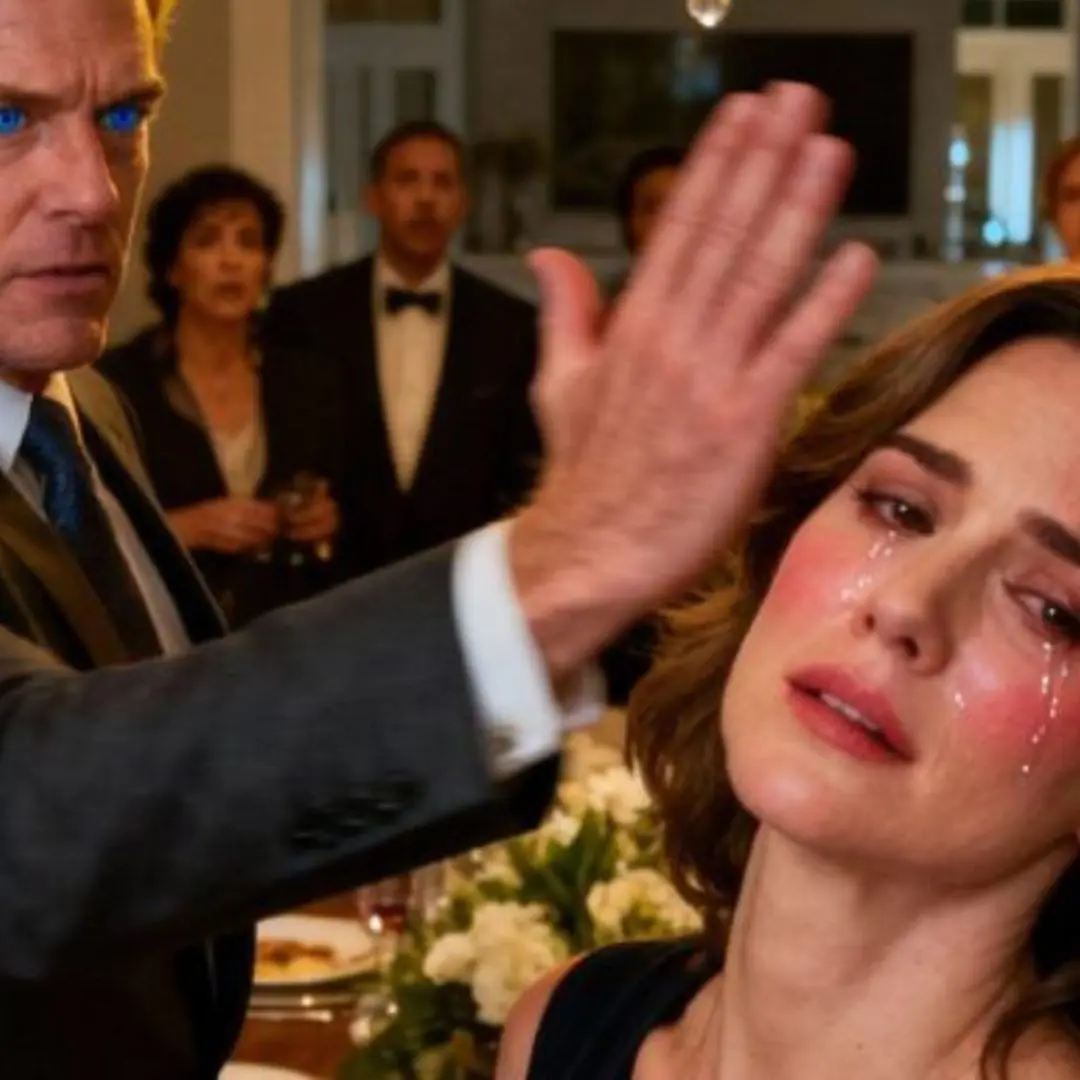
The husband slapped his wife in front of his friends to show off — but her act of revenge left everyone shocked and speechless
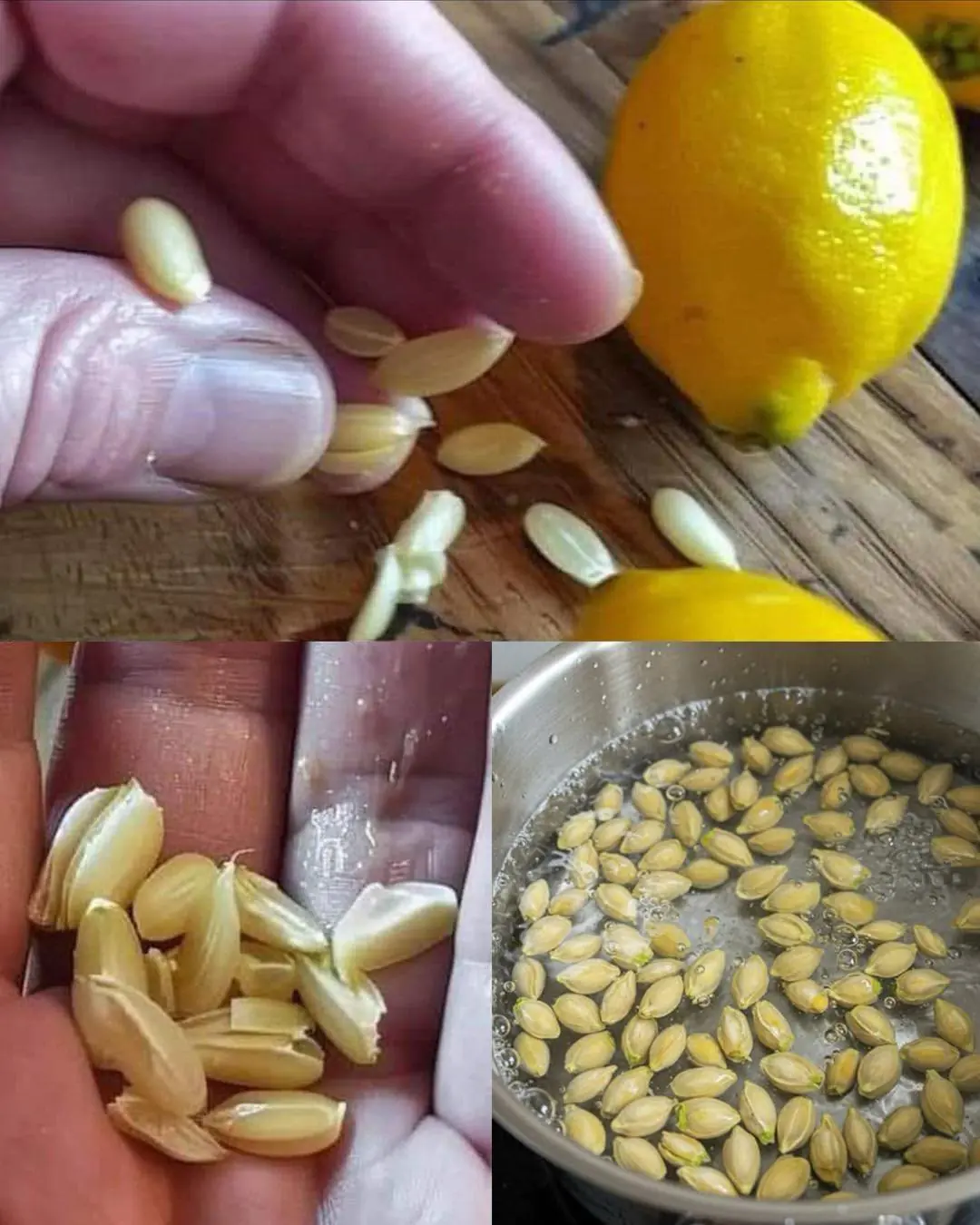
10 Clever Ways to Reuse Lemon Seeds at Home
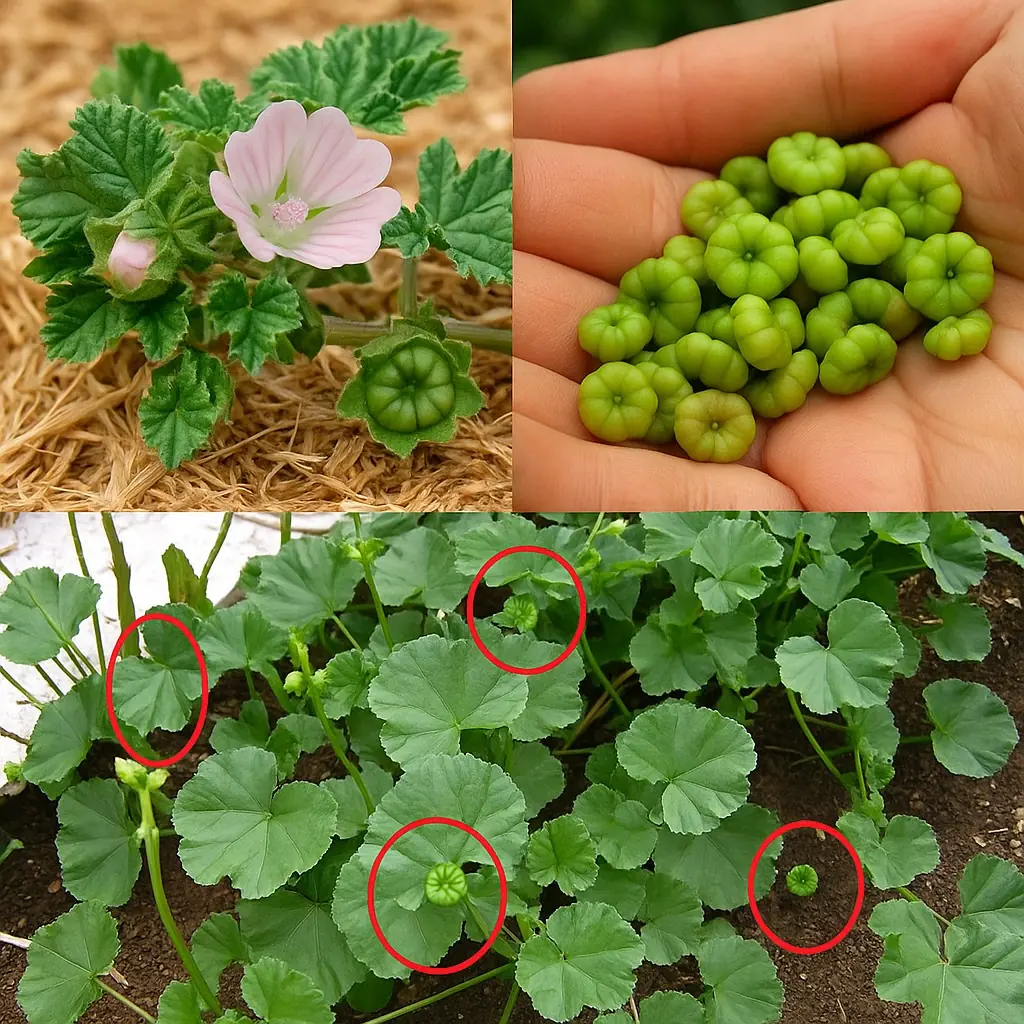
Unlocking the Secret Health Benefits of Common Mallow: Nature’s Wonder Herb for Wellness
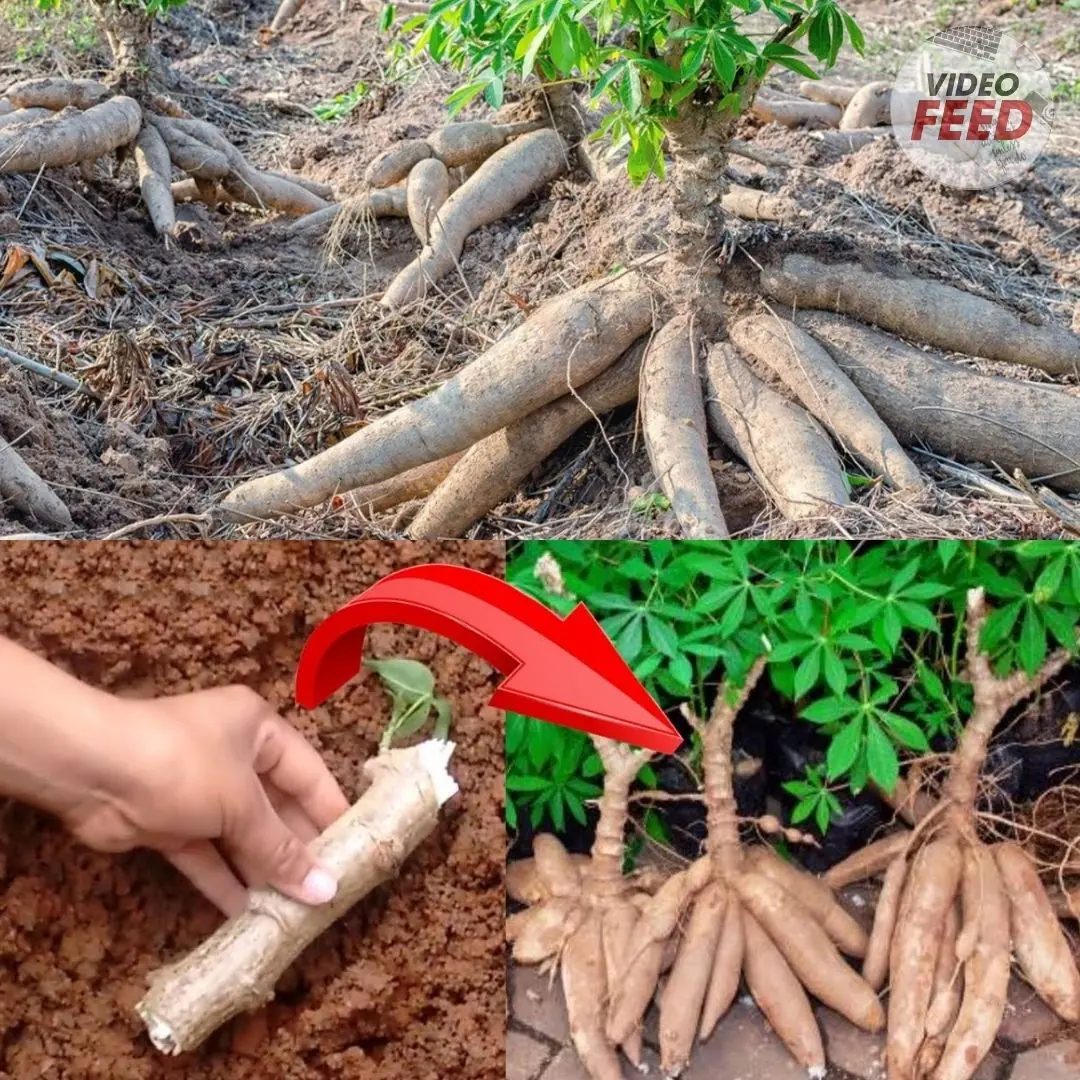
Essential Knowledge for Growing Cassava Successfully
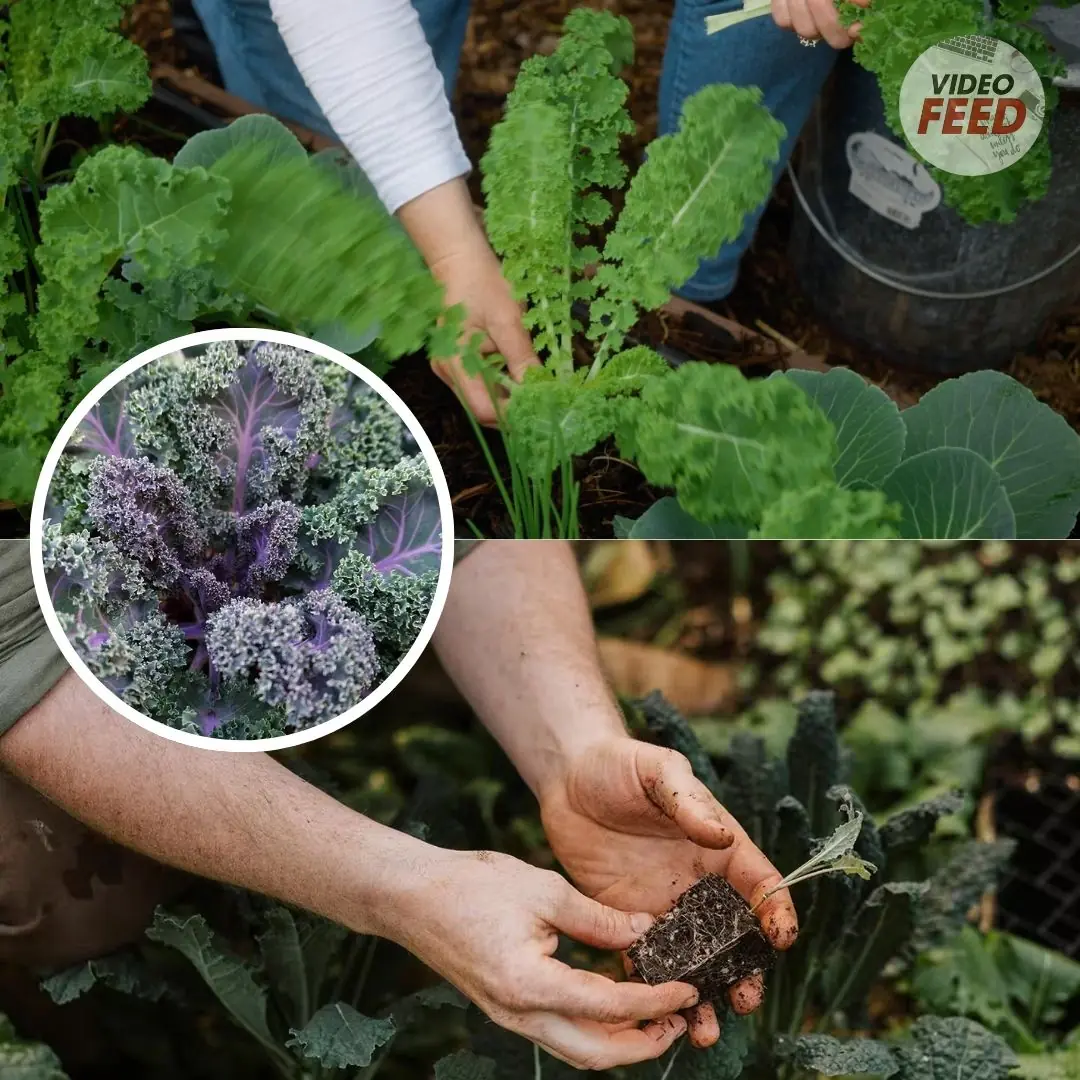
Growing Kale: Planting, Care, and Harvesting Tips
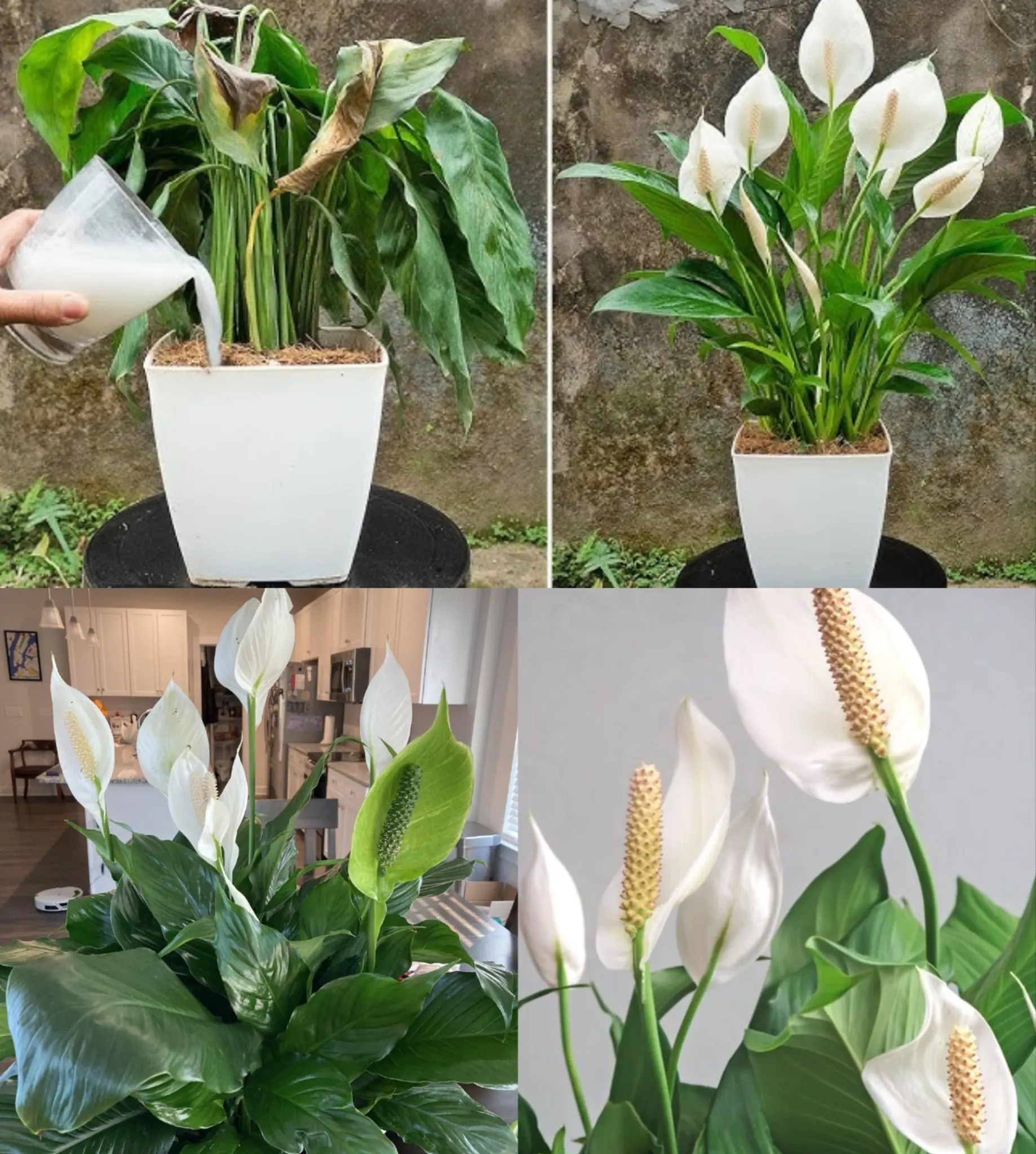
Just 1 Cup Makes Peace Lilies Bloom with So Many Flowers
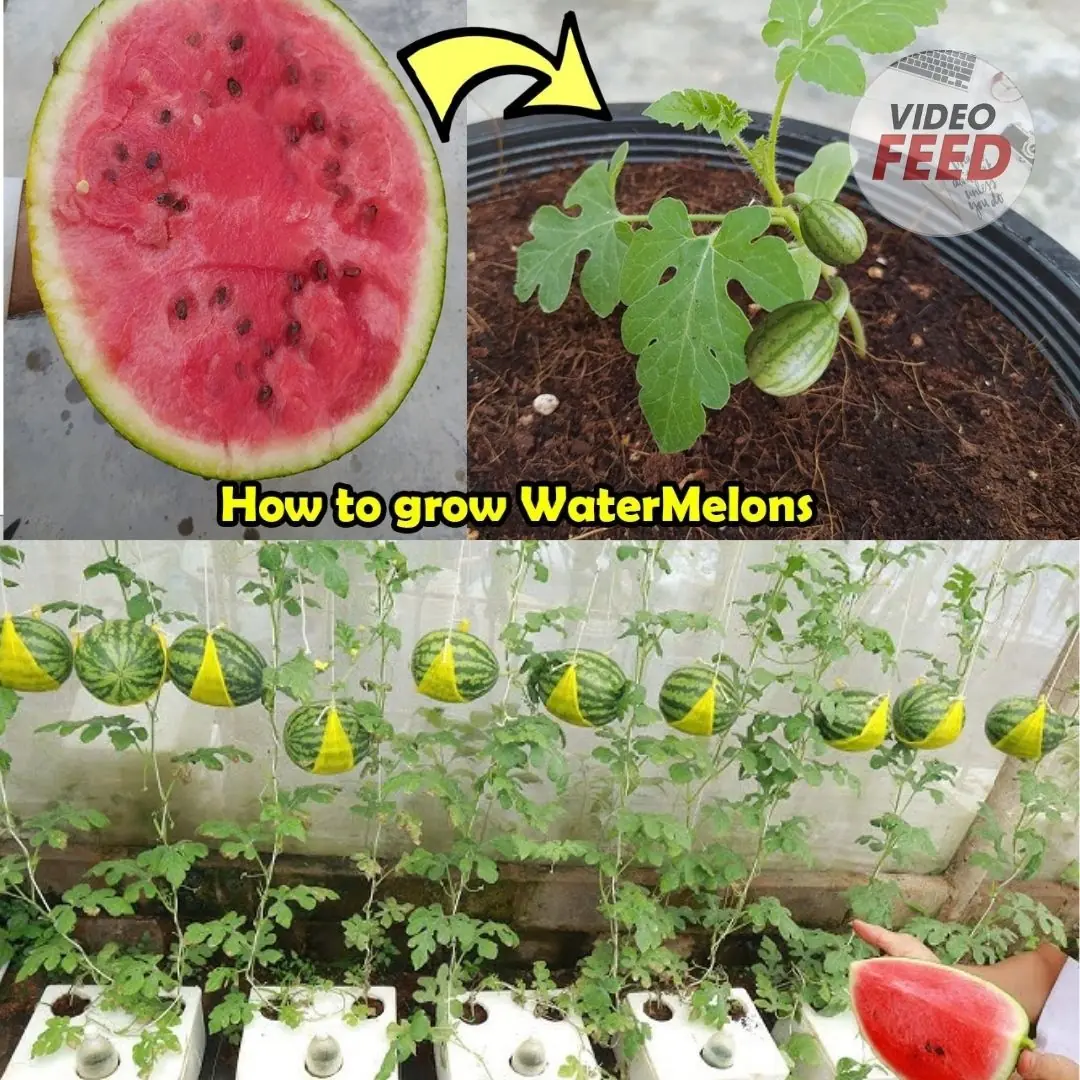
How to Grow Watermelons at Home: A Guide for Small Spaces & Balconies

How to Grow a Banana Tree at Home and Never Buy Bananas Again
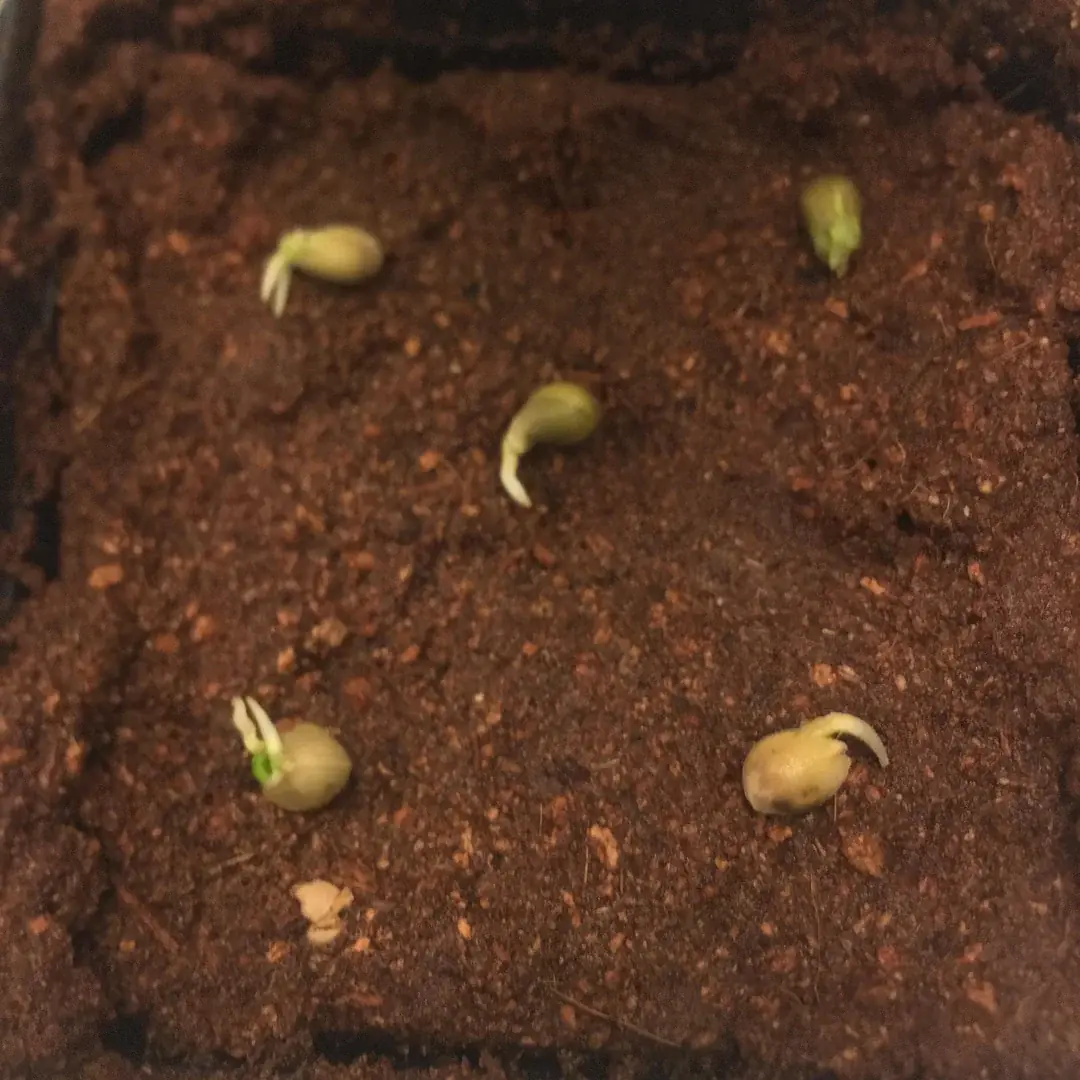
Here’s How to Grow Calamansi at Home — No Farm Needed
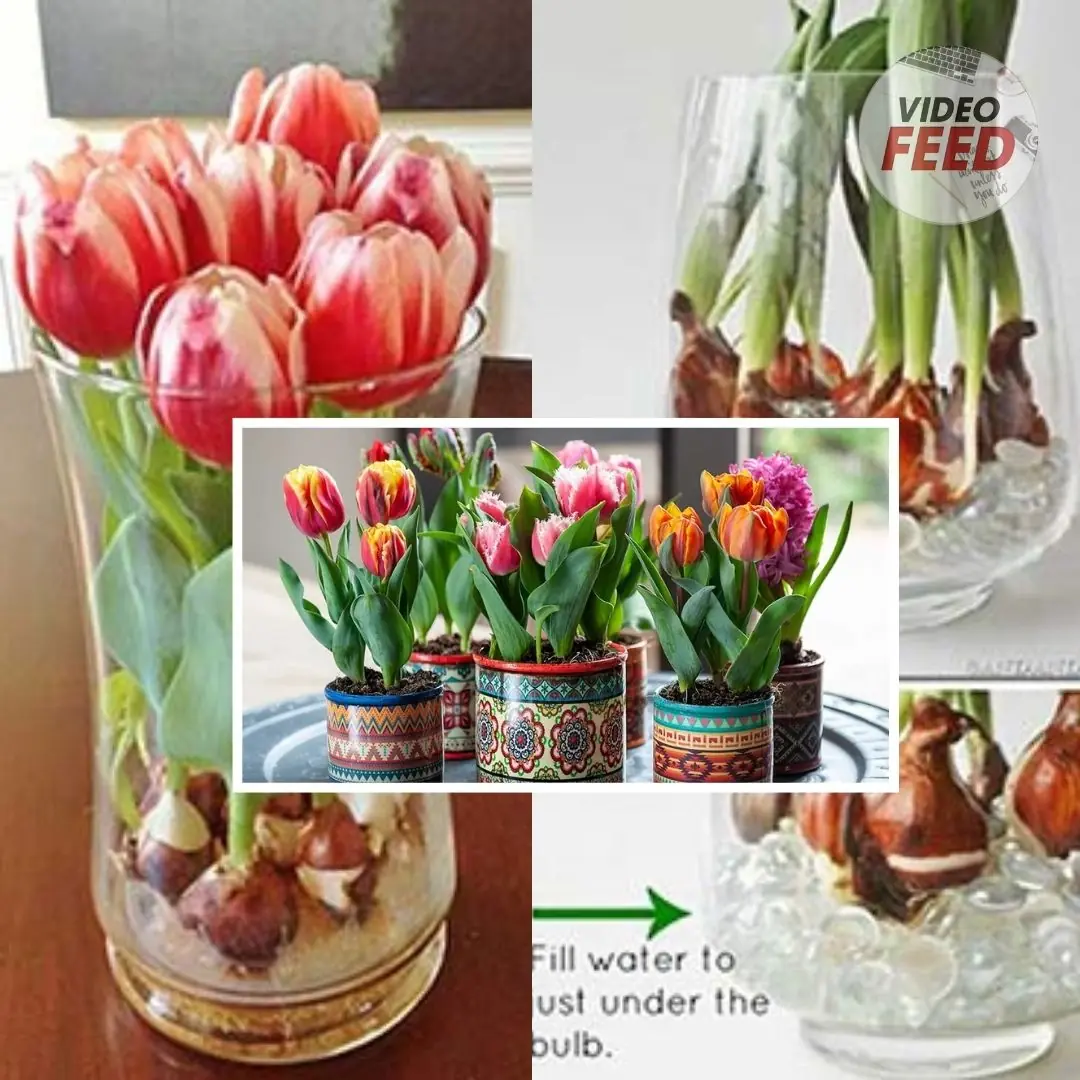
How to grow tulips indoors – a step-by-step guide to forcing these beautiful bulbs
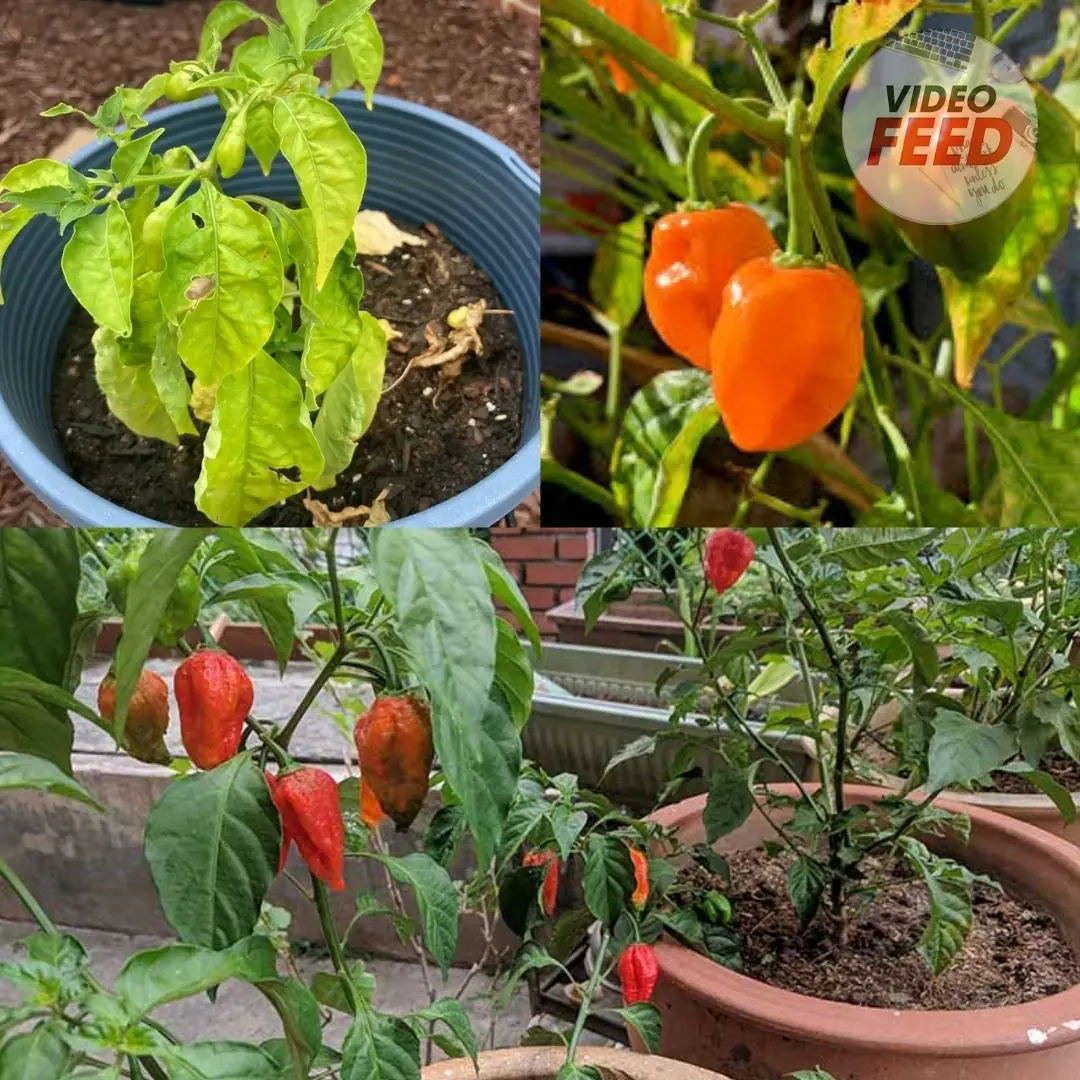
How to Grow Habanero Peppers in Pots
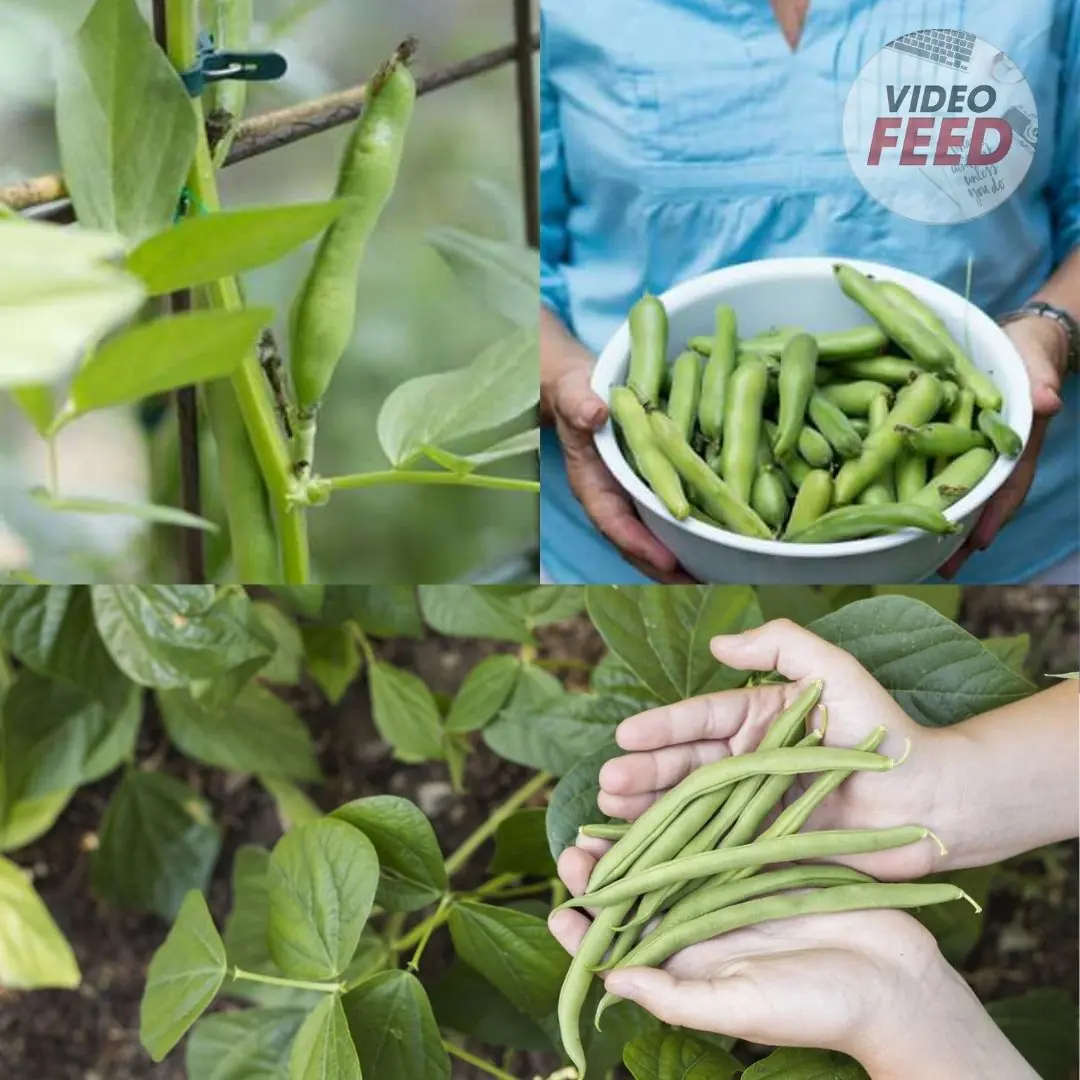
Grow These 5 Garden Beans This Summer
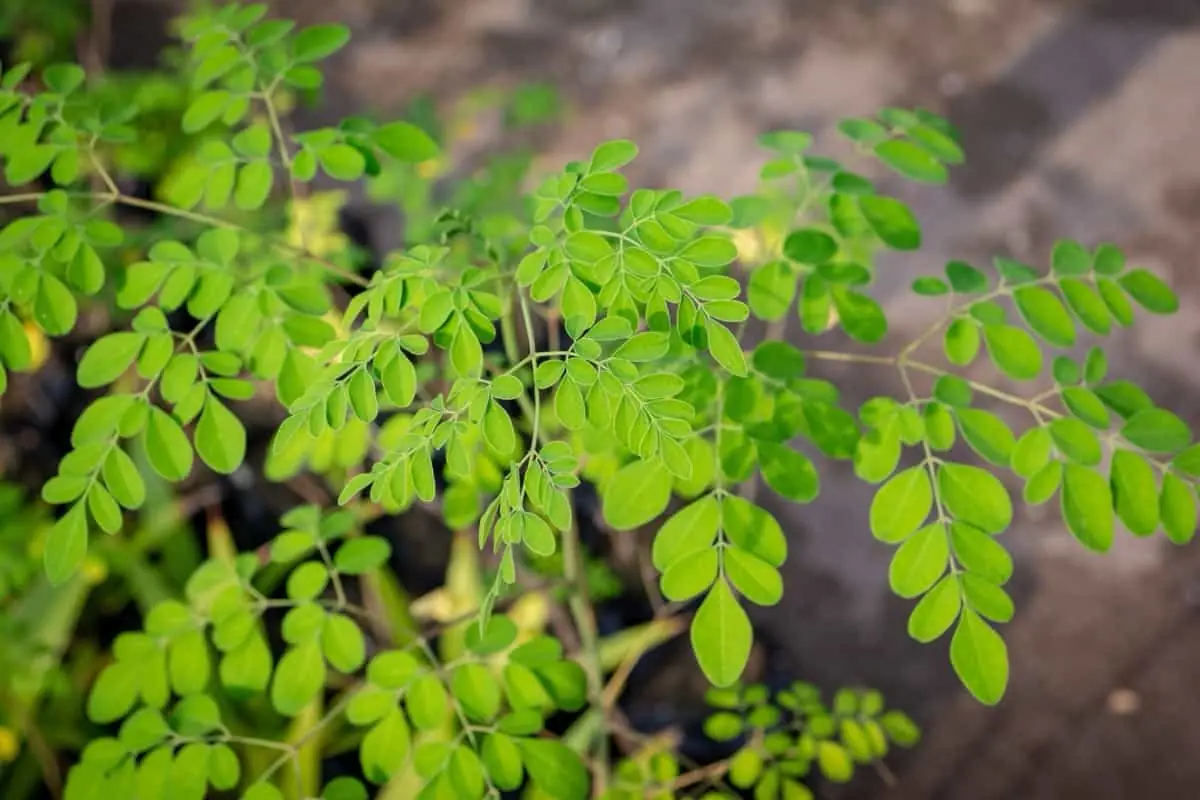
Why Asians Are Rushing to Grow This “Miracle Tree”: Heals Like Medicine, Sells Like Gold
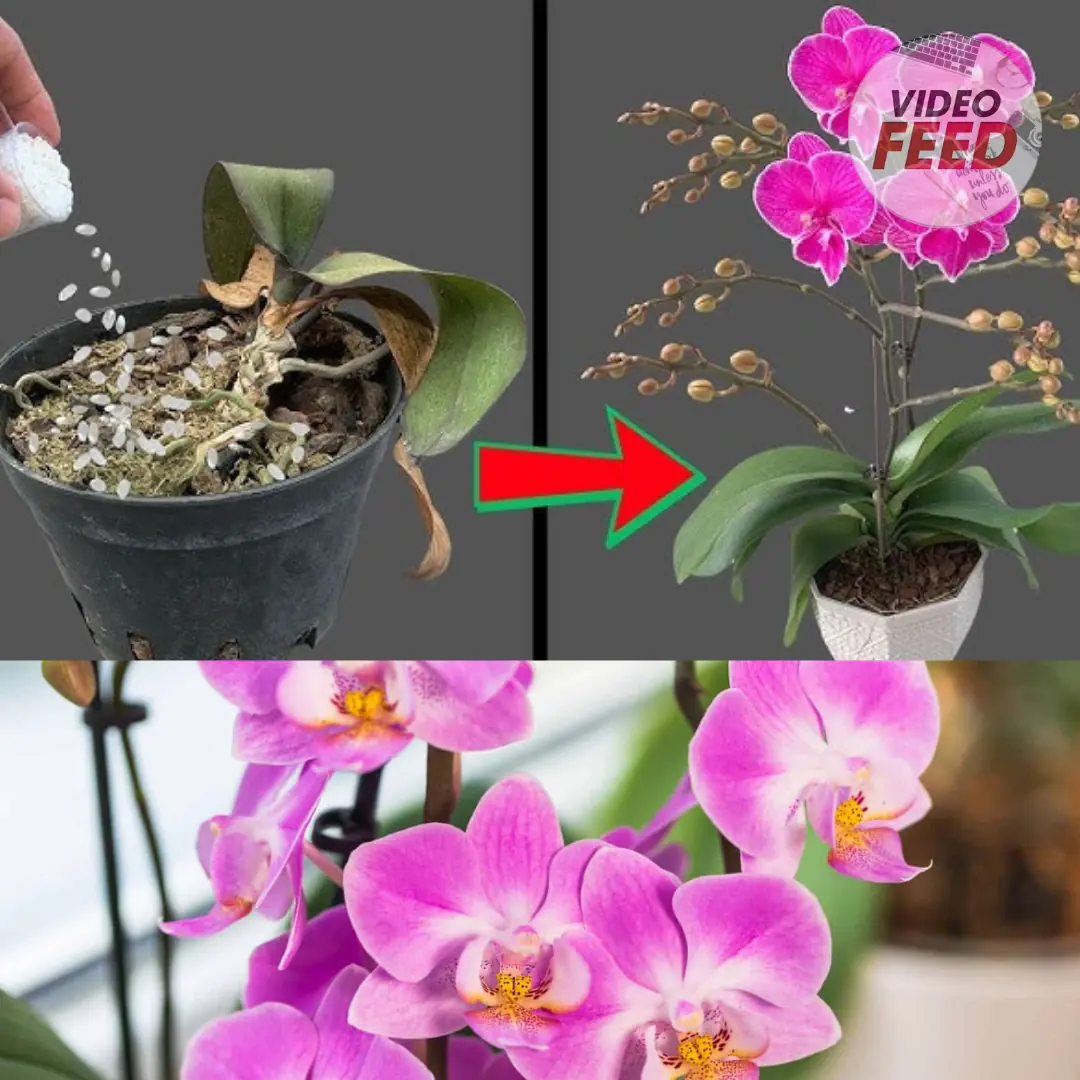
How to Grow and Care for Phalaenopsis Orchids Indoors
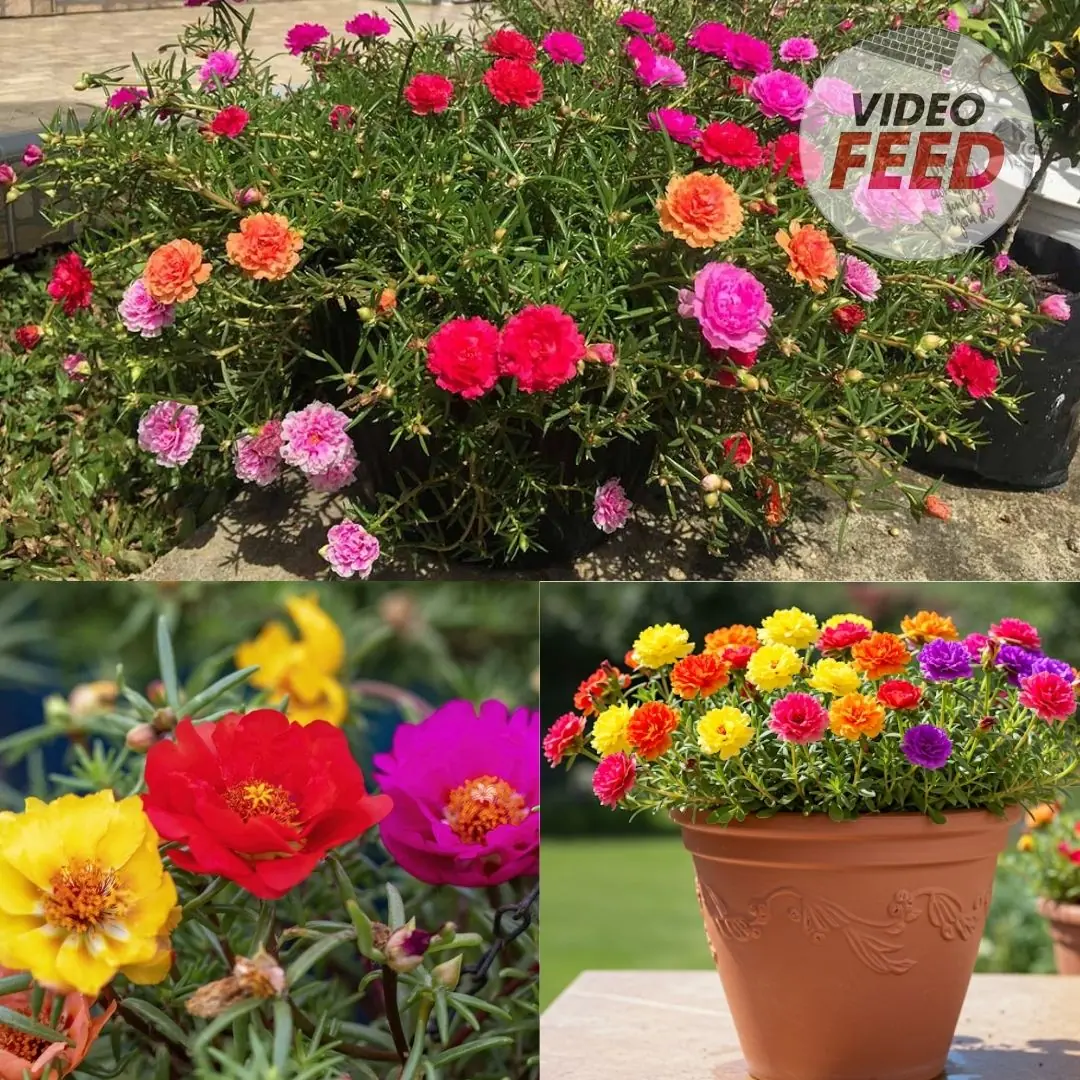
Portulaca in Pots: The Complete Guide to Growing Colorful & Drought-Tolerant Flowers Outdoors
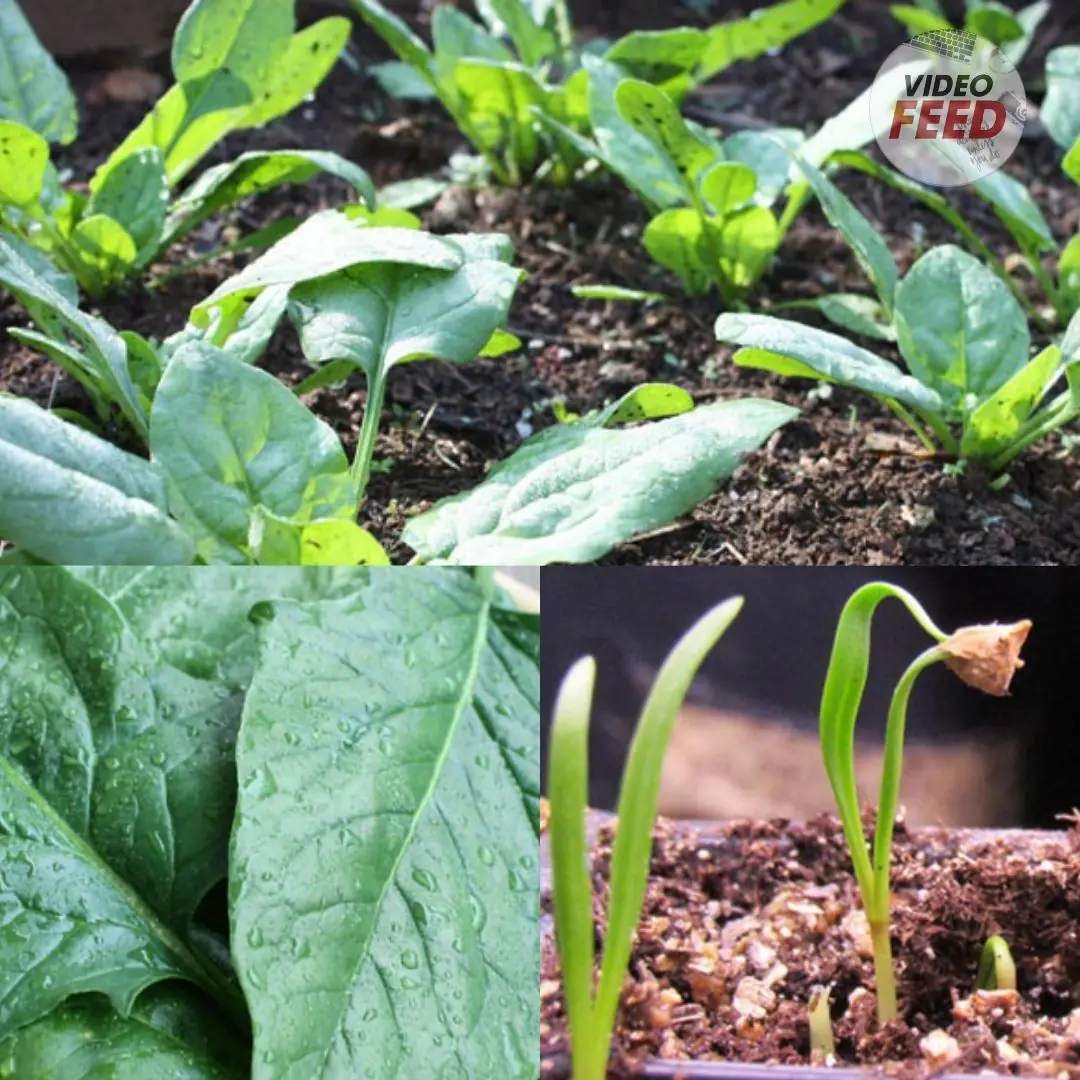
10 Tips for Growing Superb Spring Spinach
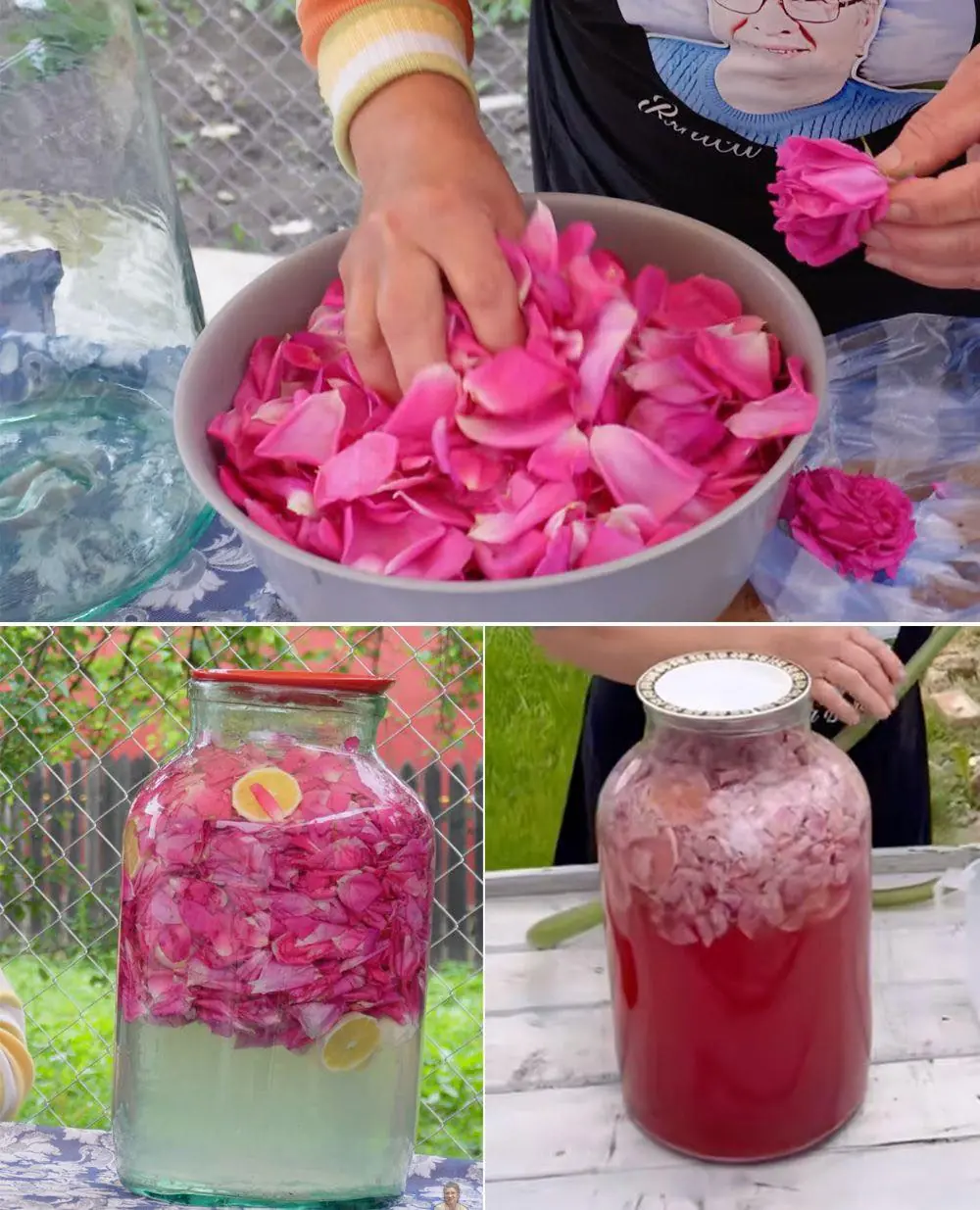
How to Make Rose Petal Lemonade – A Refreshing Homemade Drink
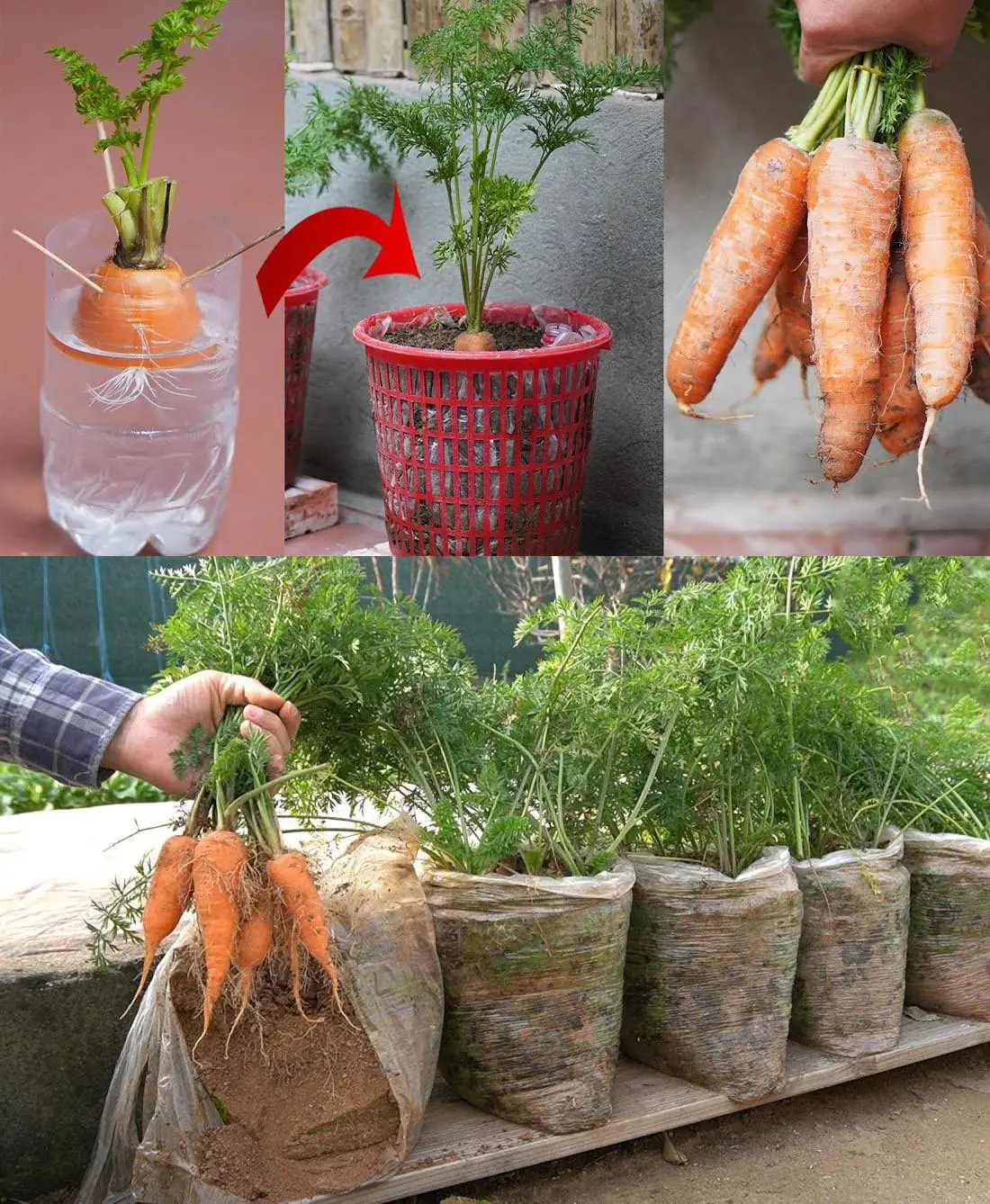
How to Grow Carrots at Home in Containers Starting with a Single Carrot
News Post

Morning sweet potatoes: A simple daily habit with major health benefits

How to choose good garlic: Signs you should avoid for better flavor and longer storage

Do you get leg cramps at night? Learn what causes them and how to stop the pain!

Seven Fruit Trees That Beautify Your Garden and Fill Life With Simple Joy

5 early signs kidney fai.lure often mistaken for normal fatigue

If You Notice These 3 Signs at Night, Your Kidneys May Be Very Healthy
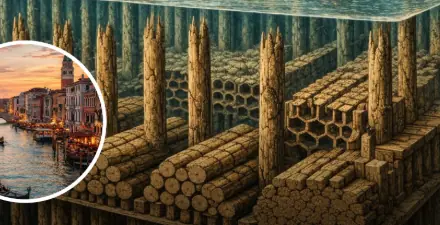
Venice looks like it floats — but its real secret is underwater.
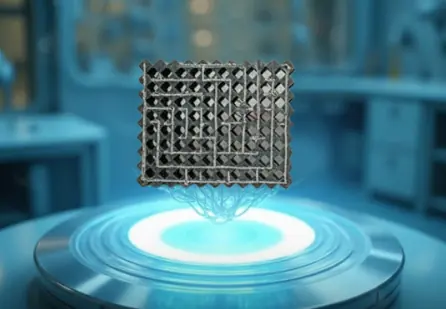
THE METAMORPHOSIS OF MATTER: WHEN SOFT POLYMERS BECOME AS RIGID AS STEEL

Boston Cream Pie Cupcakes

6 Benefits of Eating Garlic Before Bedtime

Medicinal Health Benefits of Garlic (Raw, Supplement) – Science Based

This is my preferred way

Ringing in Your Ear? What Tinnitus Really Means and When to See a Doctor

11 Health Warnings Your Fingernails May Be Sending

If you drool while sleeping often, check for these 6 diseases

35-Year-Old Man’s Sore Throat Turned into Cancer After 5 Chemotherapy Sessions—Doctor Urges: Throw These 2 Things Out of Your Fridge
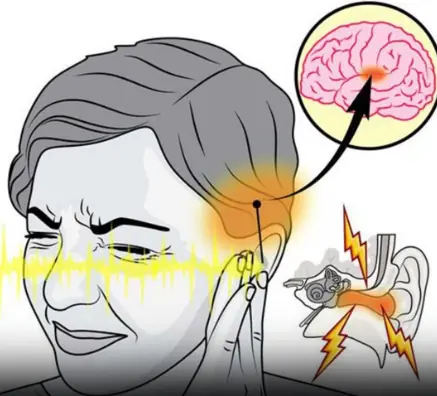
Ringing in Your Ear? What Tinnitus Really Means and When to See a Doctor

3 Intimate Habits of Husbands That May Increase Wives’ Risk of Cervical Can.cer

5 times you should never take a shower, no matter how dirty you are - Be careful to avoid str.oke
